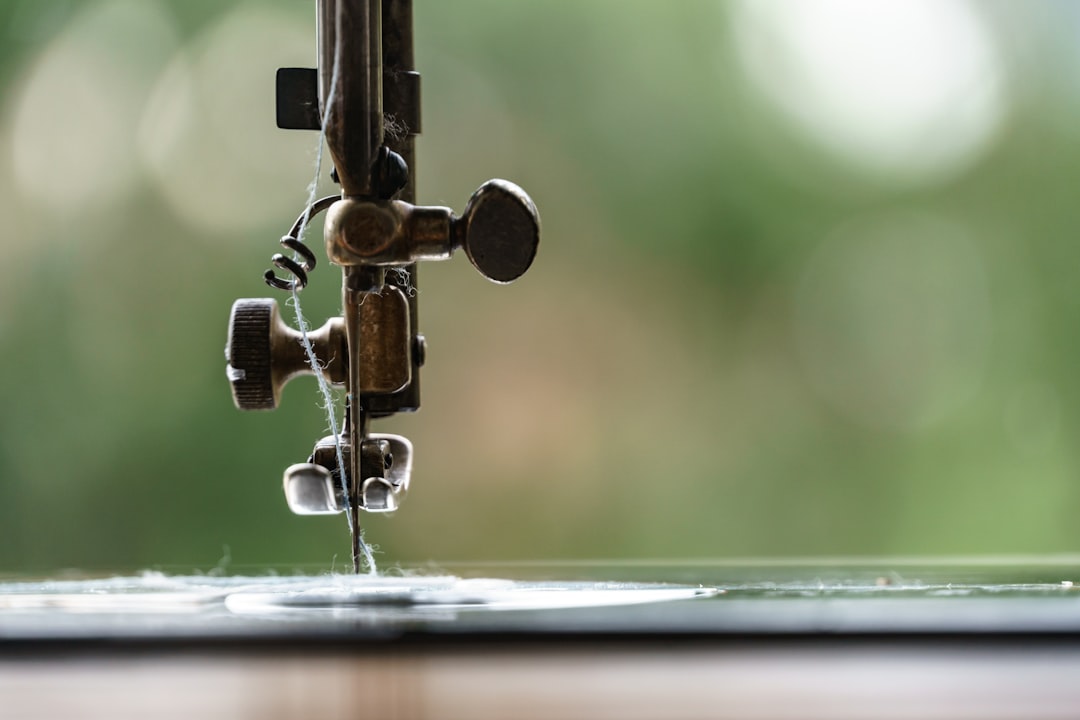The Future of Metal 3D Printing in Manufacturing
Metal 3D printing, also known as additive manufacturing, is revolutionizing the manufacturing industry. This cutting-edge technology enables the production of complex metal parts with unprecedented precision and efficiency. As advancements in 3D printing technology continue to evolve, the future of metal 3D printing in manufacturing looks brighter than ever.
With metal 3D printing, manufacturers can produce parts that were previously impossible to manufacture using traditional methods. This technology allows for the creation of intricate geometries, lightweight structures, and customized designs with minimal waste. By layering metal powder or wire and fusing it layer by layer, metal 3D printing offers unparalleled design flexibility and agility.
One of the key advantages of metal 3D printing is its ability to reduce lead times and production costs. Traditional manufacturing processes, such as casting and machining, require expensive tooling and labor-intensive processes. Metal 3D printing eliminates the need for tooling, reducing setup times and production costs. This enables manufacturers to produce parts on-demand, reduce inventory costs, and accelerate time-to-market.
Metal 3D printing also offers the potential to significantly reduce material waste. Traditional manufacturing processes often result in excess material being machined away, leading to wastage and higher costs. With metal 3D printing, material is deposited only where it is needed, minimizing waste and maximizing material efficiency. This sustainability aspect of metal 3D printing makes it an attractive option for eco-conscious manufacturers.
As the technology continues to evolve, the future of metal 3D printing in manufacturing will see even greater advancements. One area of growth is in the development of new metal alloys specifically designed for 3D printing. These advanced materials offer superior strength, durability, and corrosion resistance, opening up new opportunities for industries such as aerospace, defense, and automotive.
Another exciting development in metal 3D printing is the integration of artificial intelligence and machine learning. These technologies enable real-time monitoring and control of the printing process, ensuring quality and consistency in the final product. By using algorithms to optimize print parameters, manufacturers can achieve higher levels of precision and repeatability, improving part quality and reducing production costs.
The future of metal 3D printing in manufacturing also includes the expansion of applications into new industries and sectors. From medical devices and implants to architectural structures and consumer products, the potential for metal 3D printing is limitless. As the technology becomes more accessible and affordable, we can expect to see a proliferation of metal 3D printed products in everyday life.
In addition to new applications, the future of metal 3D printing in manufacturing will see advancements in post-processing techniques. While 3D printing produces parts with high accuracy and resolution, post-processing is often required to achieve desired surface finishes and tolerances. Innovations in post-processing technologies, such as polishing, heat treatment, and coating, will enable manufacturers to further enhance the aesthetic and functional properties of metal 3D printed parts.
Despite its many advantages, metal 3D printing still faces challenges that need to be addressed for widespread adoption. One of the primary challenges is the high cost of metal powders and materials used in 3D printing. While prices have been steadily decreasing, metal powders remain a significant expense for manufacturers. Research and development in metal powder production and recycling will be crucial for driving down costs and increasing sustainability in metal 3D printing.
Another challenge facing metal 3D printing is the limited build volume of current 3D printers. While advancements have been made in increasing build sizes, many printers are still limited in the size of parts they can produce. This restricts the scalability of metal 3D printing for large industrial applications. As technology progresses, we can expect to see larger, faster, and more efficient 3D printers capable of fabricating larger parts in shorter timeframes.
In conclusion, the future of metal 3D printing in manufacturing is bright and full of potential. With its ability to produce complex geometries, reduce lead times, minimize material waste, and offer design flexibility, metal 3D printing is poised to revolutionize the manufacturing industry. As advancements in materials, artificial intelligence, and post-processing techniques continue to evolve, we can expect to see metal 3D printing become even more integral to modern manufacturing processes. By addressing challenges such as cost, build volume, and material selection, we can unlock the full capabilities of metal 3D printing and usher in a new era of innovation and efficiency in manufacturing.

